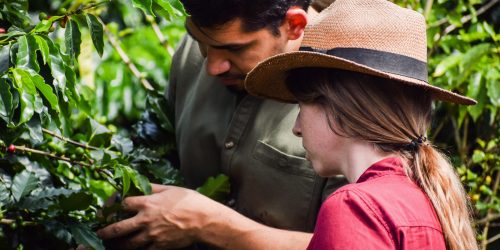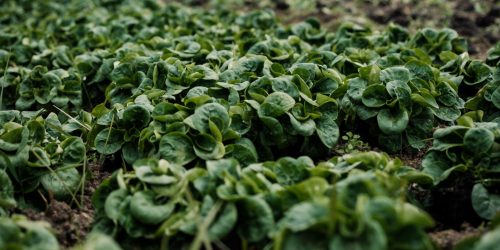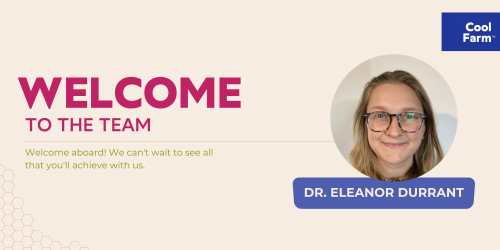By Dennis Bakx, Global Sustainability Manager Raw Materials a.i., HEINEKEN Global Procurement
HEINEKEN are committed to reduce and eliminate their carbon footprint. For over 157 years, HEINEKEN have been passionate about making a positive impact on the world. And today, this is more needed than ever.
HEINEKEN’s road to net zero emissions represents a major transformation in the way they operate. In April 2021, HEINEKEN announced their updated Brew a Better World strategy: reach net zero carbon emissions in their production by 2030 and their goal is to operate a net zero carbon emissions value chain by 2040.
Scope 1, 2 and 3 emissions
HEINEKEN started to optimise their production (scope 1 and 2), which counts for 10% of their carbon footprint. They will achieve our commitments e.g. by driving a transition to renewable energy across their global operations. The biggest part of their carbon footprint is, however, in other parts of their value chain (scope 3): agriculture, packaging, distribution and cooling represent 90% of their emissions outside the breweries.
They are setting emission reduction targets grounded in climate science by working with the Science Based Target initiatives (SBTi). The initiative helps to understand how much and how quickly they need to reduce our Greenhouse Gas (GHG) emissions. HEINEKEN has introduced its Low Carbon Farming programme to support this.
Low Carbon Farming programme
For agriculture, which represents 23% of their carbon emission and is part of scope 3 emissions, the focus is on reducing the carbon footprint of the barley and maize farming and harvesting. Why? Barley and maize represent more than 80% of the raw materials scope 3 emissions. Furthermore, 55% of the emissions arise from the cultivation (including fertiliser production and usage) and the remaining 45% is from deforestation (land use change). Therefore, the initial aim is to impact the biggest part of the emissions by carbon reduction/sequestration for barley and maize crops.
The kick-off of the Low Carbon Farming programme was held in 2020. In most of the cases, engagement with farmers was via malted barley and maize suppliers. They advise the farmers on the different regenerative protocols (e.g. cover cropping, no tillage, organic matter use) and seeds/fertilisers that can be used. The farmers decide which protocol(s) to apply, so they are in the lead of their farming and harvesting process.
HEINEKEN and the Cool Farm Tool
Dennis: “To ensure we have the right data quality available for audits and reports, HEINEKEN engaged with Cool Farm Alliance (CFA) to use the Cool Farm Tool GHG functionality. With the Cool Farm Tool, our suppliers and/or farmers can easily and directly upload their farming and harvesting data, like growing area, harvested yield and the protocol(s) applied. In the end, we measure the impact of the protocols by comparing the carbon emission to conventional crops. With some selected partners, we are working together with Cool Farm Alliance on further optimising the tool, e.g. by adding more precision and defining new criteria.”
“The result of the 2021 crop showed an average 25% reduction in carbon emission and an average 40% increase in carbon sequestration. We found that globally having a cover crop has the biggest impact for carbon footprint diminution, followed by organic matter use, residues management and N-dose reduction.”
“The next step is to work with the cooperatives, maltsters and farmers to learn, share and re-apply the best practices with other farmers. For the 2022 crop we are working with a total of 260 pilots in 15 countries. This program aims to launch 500 pilots by 2025 and further scale up to 10.000+ farms by 2030.”
HEINEKEN published a short video about the first results, which you can find here.
If you wish to share your own experiences in an interview, please contact comms@coolfarmtool.org quoting “case study” in the subject line.









